Top 4 Most Important Things to Know Before Buying Small Greenhouse Kits
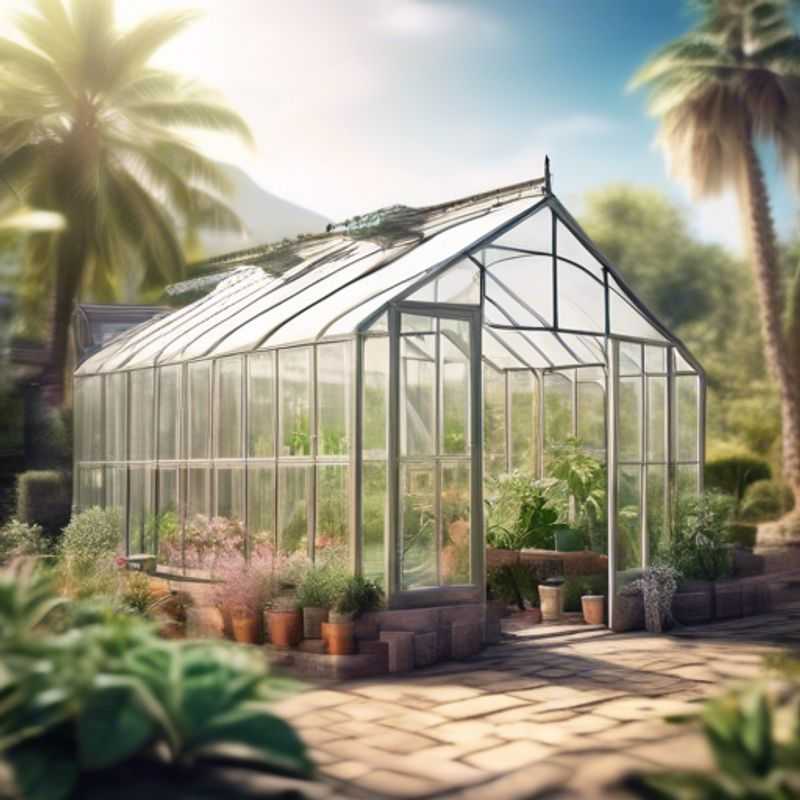
4 Crucial Considerations Before Buying Small Greenhouse Kits: Size, Durability, Climate, and Assembly
Embarking on the exciting journey of cultivating your own garden sanctuary with a small greenhouse kit is a rewarding endeavor, but one that requires thoughtful planning.
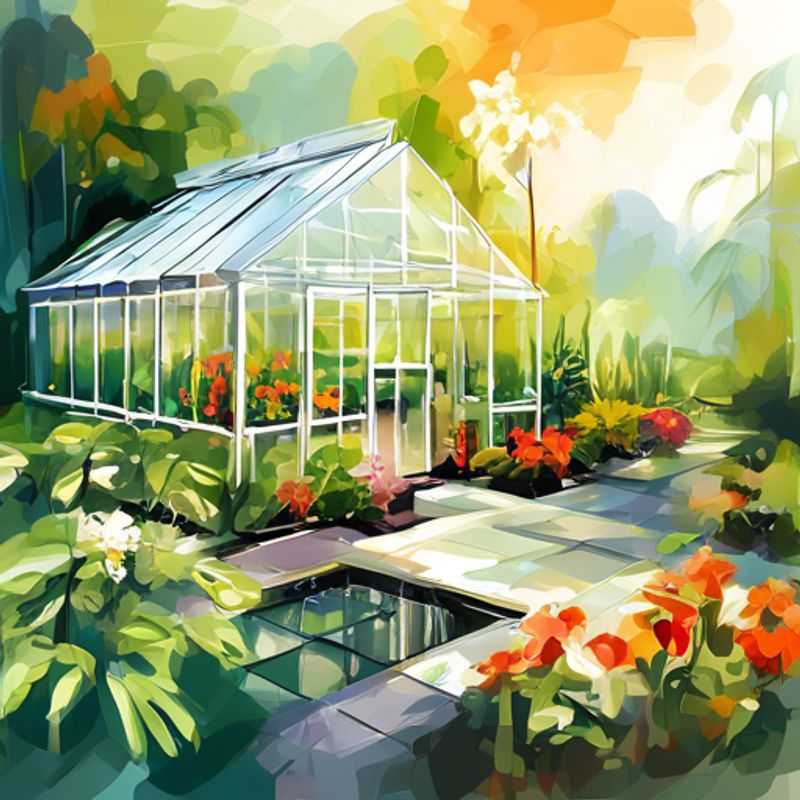
Measure Twice, Buy Once: Space Planning Before You Purchase
Before you buy a new piece of furniture or a large appliance, it's crucial to consider the size and layout of your available space. This may seem obvious, but it's a step many people skip, leading to regret later. Imagine the disappointment of getting your new sofa home only to find it doesn't fit through the doorway, or worse, it overwhelms the room and looks out of place. This is where careful planning and measurement come into play.
The first step is to measure the space you intend to use for the new item. Don't just eyeball it – use a measuring tape to get precise dimensions. Remember to factor in any obstructions like doorways, stairwells, or radiators. Also, consider the overall flow of your space. Will the new item block traffic or make it difficult to navigate the room?
Next, research the dimensions of the item you're considering. You'll find this information on the manufacturer's website or product description. Pay close attention to the overall size, but also consider the depth, height, and width of the item. If possible, visit a store or showroom to see the item in person. This gives you a better understanding of its scale and how it might fit in your space.
Finally, create a rough layout of your space. This could be a simple sketch on paper or a digital floorplan. Use the measurements you've taken and place the new item within the existing furniture arrangement. This will help you visualize how it will look and ensure it fits comfortably without crowding the room. Remember, you can adjust the layout as needed until you find a configuration that works for you.
Taking these steps before purchasing a new item can save you headaches and potential disappointment. It allows you to make informed decisions and ensure that the new item fits seamlessly into your space, enhancing your home's beauty and functionality.
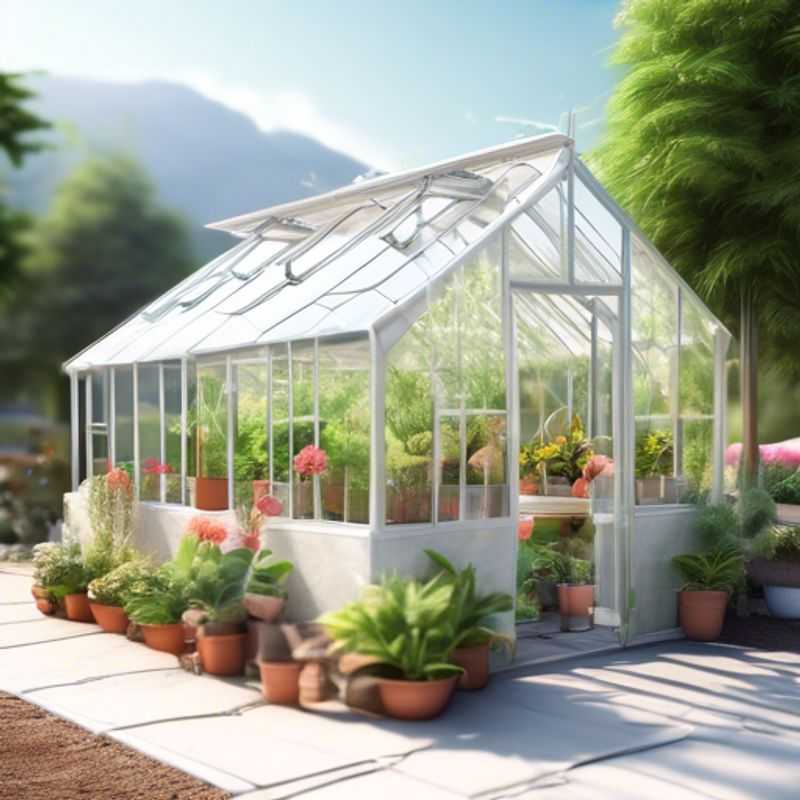
Building to Last: Choosing Durable and Weather-Resistant Greenhouse Materials
A greenhouse kit made of durable and weather-resistant materials is crucial for long-term use and optimal plant growth. The materials used in the construction of the greenhouse should be able to withstand the elements, such as wind, rain, and sun exposure. Consider materials like galvanized steel, aluminum, or durable polycarbonate panels for the frame and glazing.
Investing in high-quality materials may seem expensive initially, but it will pay off in the long run. A sturdy greenhouse will provide a reliable and protected environment for your plants, leading to better yields and a longer lifespan for your structure.
When considering specific materials, research their durability, resistance to UV rays, and overall weatherproofing qualities. Look for materials that are resistant to rust, corrosion, and damage from harsh weather conditions. Choosing a greenhouse kit with high-quality materials ensures your investment will be worthwhile and provide years of successful gardening.
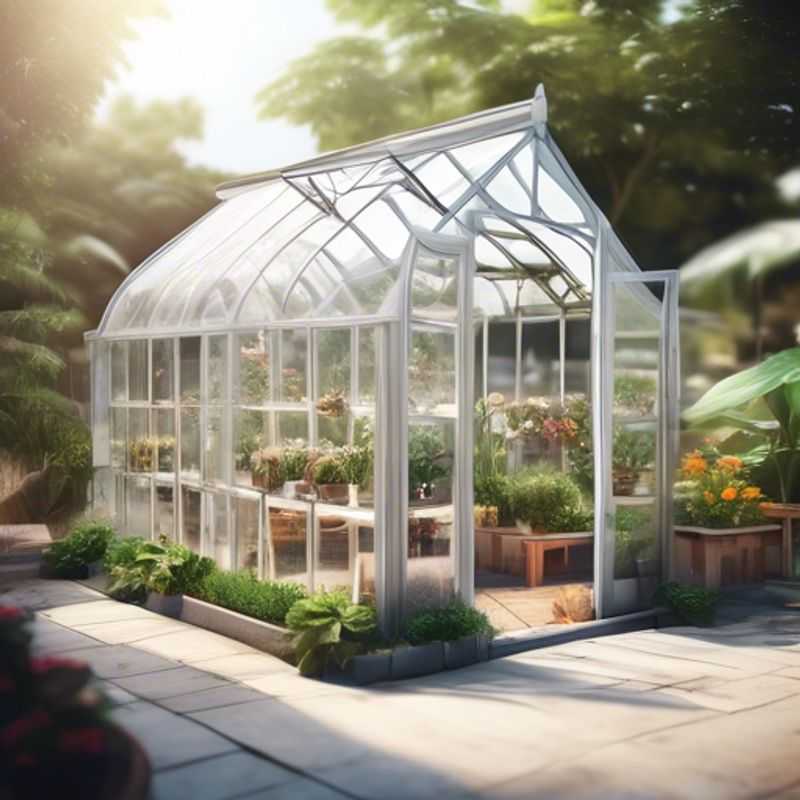
Unlocking Success: Matching Your Garden to the Climate
Before you dive into the world of home gardening, it's essential to understand your local climate and growing conditions. This crucial step will set the stage for a successful and fruitful gardening experience.
First, consider the hardiness zone of your area. This zone, based on the average lowest winter temperature, provides valuable information about the plants that can thrive in your region.
Next, delve into the average temperatures, rainfall, and sunlight hours throughout the year. This knowledge helps you determine the best time to plant, the types of crops that will flourish, and whether you need to supplement with irrigation or shade.
Pay attention to the soil type in your garden. Is it sandy, clay, or loam? Understanding this helps you select plants that are suited to your soil's characteristics. You may need to amend your soil with compost, fertilizer, or other materials to create optimal growing conditions.
Don't forget about the wind patterns in your area. Wind can dry out plants, damage foliage, and even uproot seedlings. Consider planting windbreaks or using protective barriers to minimize wind exposure.
Finally, investigate any potential pest and disease problems common to your area. Being aware of these challenges can help you take preventative measures and ensure the health of your garden.
Armed with this knowledge, you'll be well-equipped to choose the right gardening kit for your unique location and achieve a flourishing garden.
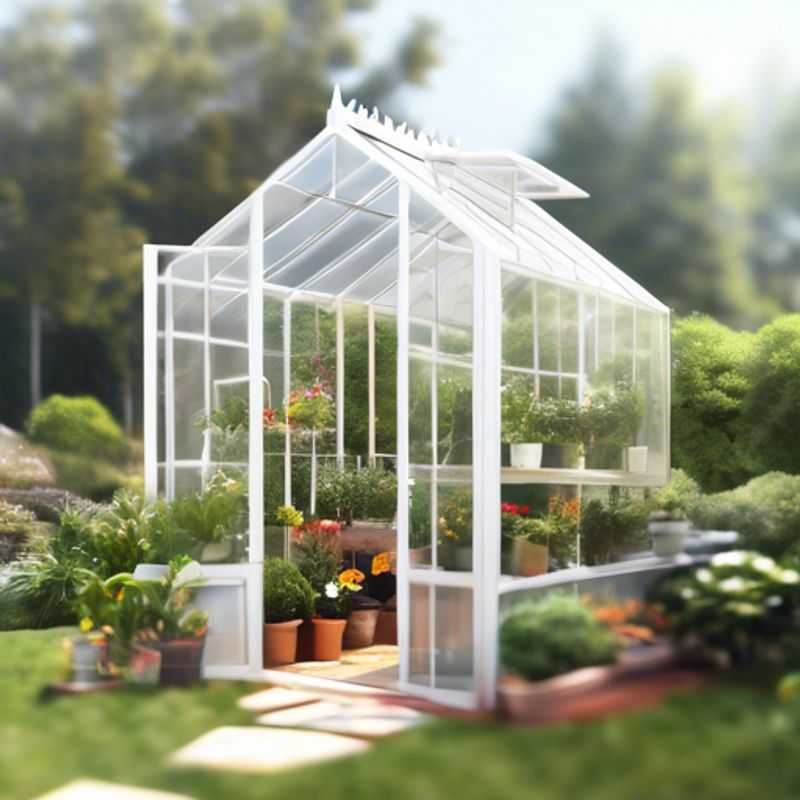
Mastering the Assembly: A Guide to Tools, Accessories, and the Process
Familiarizing yourself with the assembly process is crucial for understanding how a product is built and how its components work together. It's a journey into the heart of a product, revealing the intricate details that often go unnoticed. This process can be quite exciting, especially if you're the type who enjoys piecing things together and seeing how they function.
To embark on this assembly adventure, you'll need a few essential tools, and in some cases, specific accessories. The type of tools required depends heavily on the product you're assembling. Some might require basic hand tools like screwdrivers, wrenches, and pliers, while others may demand more specialized instruments. It's always wise to check the assembly instructions provided with the product, as they usually outline the necessary tools.
You may also need to consider purchasing accessories that are essential for the product's proper function or to enhance its usability. These accessories could range from mounting brackets and cables to specialized software or apps. Always remember to check the product's specifications and the manufacturer's recommendations to ensure you acquire the right accessories.
As you delve into the assembly process, remember that safety should always be paramount. Wear appropriate safety gear, such as gloves and eye protection, to prevent injuries. Read the assembly instructions carefully to understand the steps involved and follow them diligently. If you encounter any difficulties, don't hesitate to seek assistance from a qualified professional.
Assembling a product can be a rewarding experience, providing you with a sense of accomplishment and a deeper appreciation for the product's design and engineering. Take your time, enjoy the process, and remember that it's okay to seek help when needed. Happy assembling!
